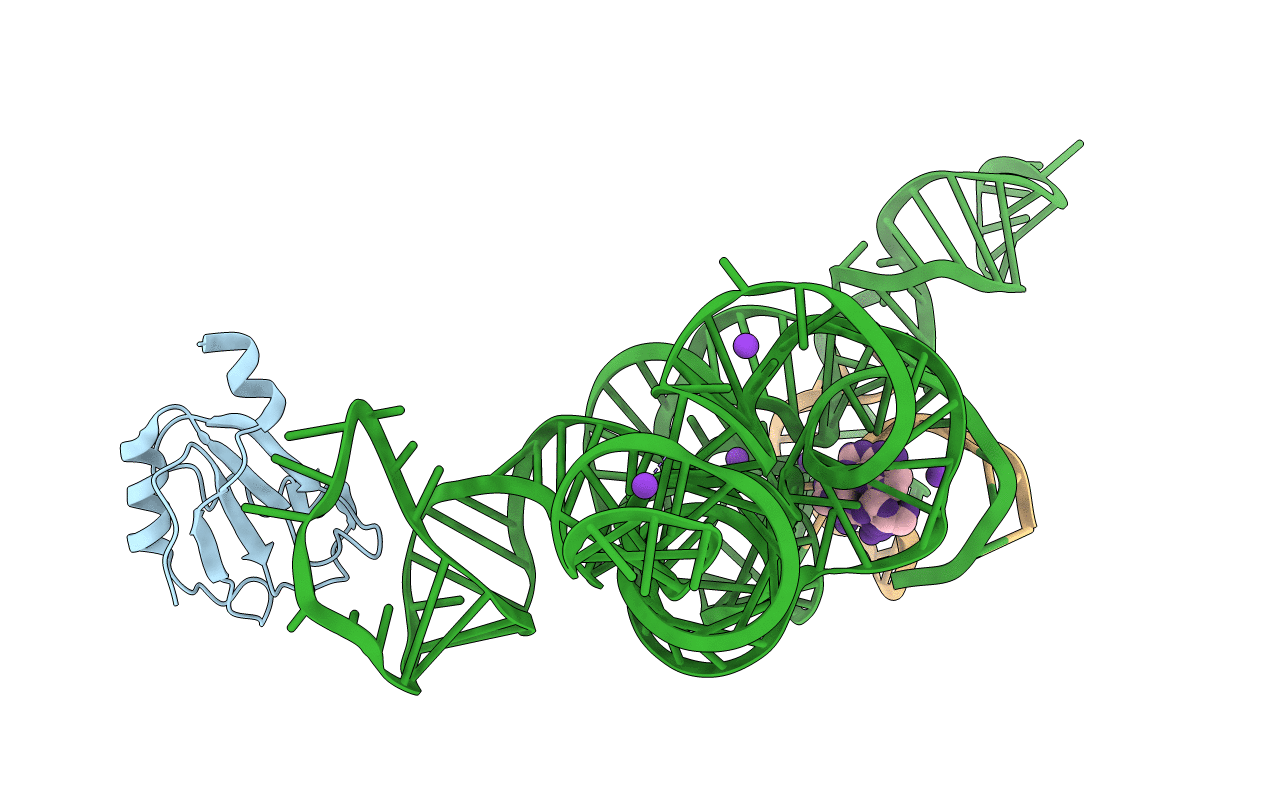
Deposition Date
2009-08-02
Release Date
2010-03-09
Last Version Date
2023-09-06
Entry Detail
PDB ID:
3IIN
Keywords:
Title:
Plasticity of the kink turn structural motif
Biological Source:
Source Organism:
Homo sapiens (Taxon ID: 9606)
Host Organism:
Method Details:
Experimental Method:
Resolution:
4.18 Å
R-Value Free:
0.32
R-Value Work:
0.29
R-Value Observed:
0.29
Space Group:
P 41 2 2


